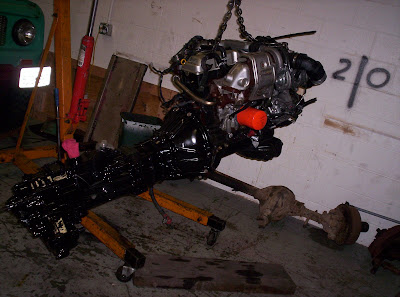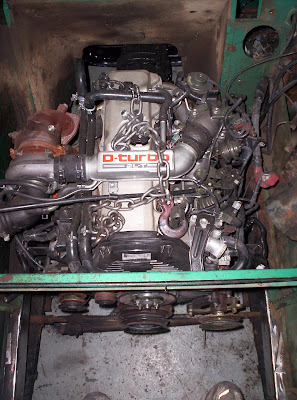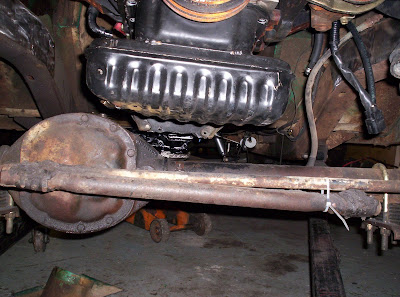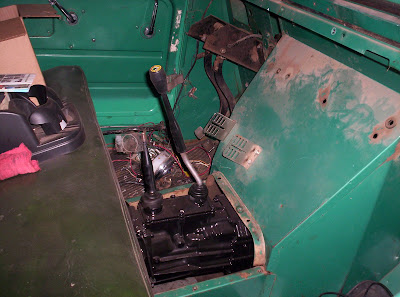1963 International Harvester : Scout
1963 International Scout, 80, 4cyl all wheel drive
1963 International Scout 80. All wheel drive, removable hardtop, runs and drives great! new tires, fuel lines, electric switch between fuel tanks, clutch master cyl and slave cyl rebuilt, extra set of wheels and tires.
Used a couple of times a week as a spare veh. For a 63 she is in great shape, minor surface rust only, needs a paint job
put in the key pull out the choke and start her up. Take her top off and head down to the beach, or up to the mountains, she is at home in either place.
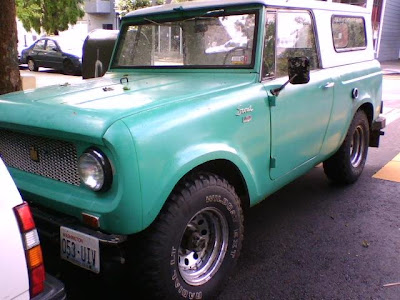
I won the bidding for $2,500 plus $650 for shipping from Rochester, WA.
This is a truck that drives like a tank (with roll-down windows and AM radio). 31 inch tires and bad-ass green paint. 85 horsepower gasoline engine and 3-speed manual transmission. People give me looks. The horn is awesome (best was Pete's description, "titty honking" along with two-handed squeeze gesture).
Top speed (freeway): 60mph
Top speed (hills): 5mph
I've driven about 150 miles, half of them with an ear-to-ear grin. It's a perfect beach cruiser, but it needs more power (and maybe an automatic transmission, satellite radio). I'm looking for a small, efficient turbo-diesel engine and a little restoration.
I made a few phone calls and found a new
Scout shop in Redwood City, CA. Their chief mechanic named Keith somehow reminds me of Beavis (of Beavis and Butthead). His t-shirt reads "I'm the mechanic your mother warned you about" and he knows all there is to know about the IHC Scout.
It's in the shop now getting a 2.5" lift (new springs, bushings, and shackles) and Rancho 9000 RSX adjustable shocks.
(Anything else is just a car: this is not the first blog about a
1963 scout.)
